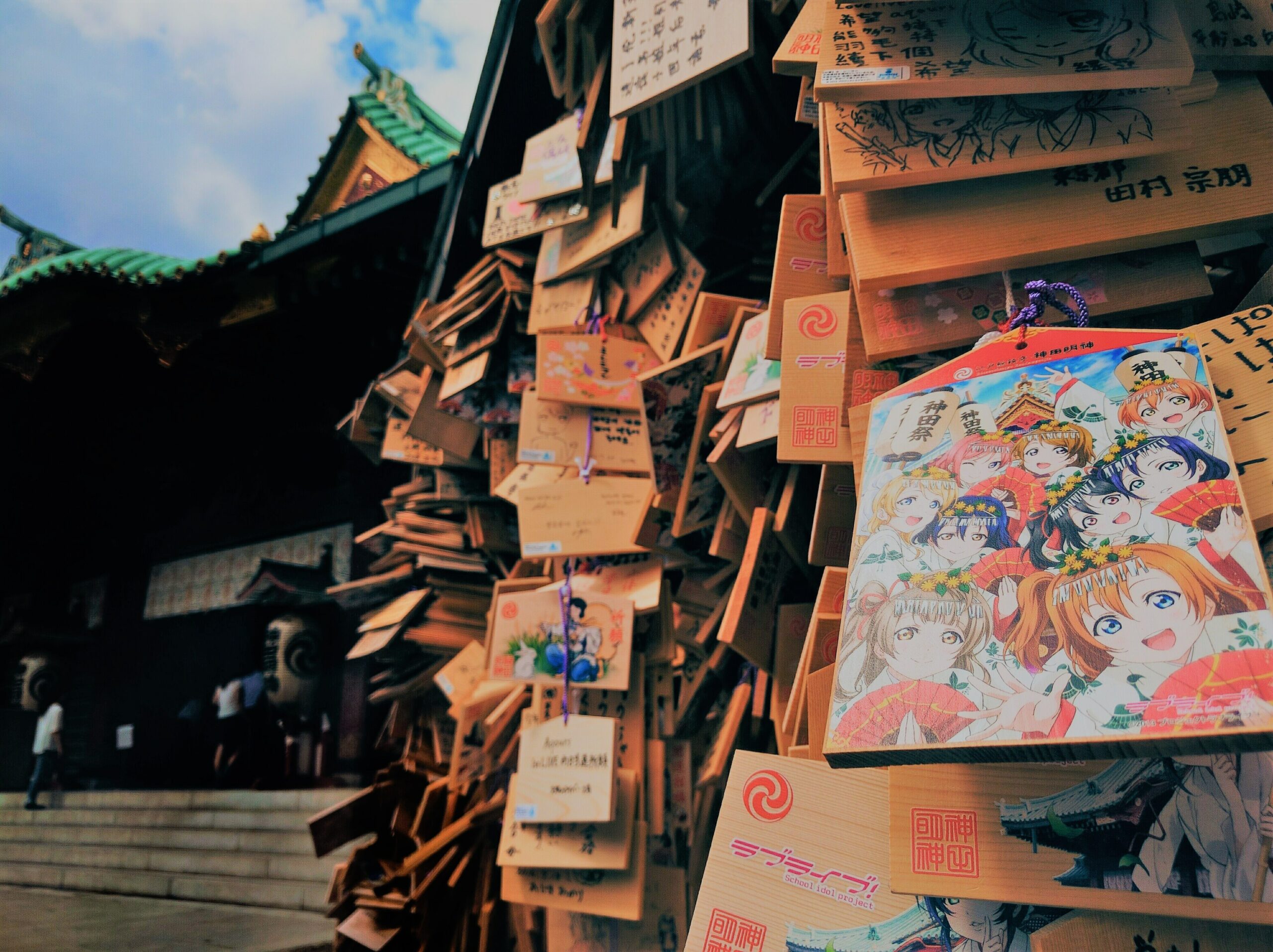Anime’s live-action adaptations tend to be abysmal. In addition, live-action adaptations face the challenge of trying to fit an entire anime. To make a two-hour film or a considerably shorter television series out of manga series.
If they are accepted for what they are, live-action anime adaptations have a lot of potential to be fun. Some popular anime shows have been adapted into live-action anime films.
However, not all of them have attained the same level of popularity as the rest of the group. Somehow, attempting to reproduce the essence of an anime in a live-action scenario is not always done exceptionally well.
It can come out as corny and tacky. However, despite this, they have a poor reputation. Can find hidden jewels amid the masses, and they’re well worth the effort.
Ricky (1991): Riki-Oh: The Story of Rick
It is a world in which a corrupt gang of businesspeople has taken over every prison on the planet.
Is There a Story Behind Ricky’s Affair?
To begin with, it is a film version of the martial arts manga by Masahiko Takajo and Tetsuya Saruwatari. Gore’s effects in the film are both hilarious and compelling.
Shocking moments to compensate. For the majority of low-budget cheesiness. Angry convicts and a cunning hook-handed assistant warden make life difficult. Ricky Ho, a good-hearted music student, is played by Louis Fan.
For the murder of the guy who planned his girlfriend’s death, Tommy Wiseau was sentenced to ten years in a maximum-security jail. Cult classic Riki-Oh has tone-deaf actors.
Gruesome battle scenes over-the-top gore. In other words, it’s not what you’d call a “great film” by any conventional definition. But it’s morbidly rewarding and does just enough to stake a claim to its uniqueness.
However, its ability to amuse those with a penchant for the ridiculous is evident. Simply put, it’s a fun movie to see with a bunch of cornball action movie fans over a few beers.
Death Note (Japan): awe-inspiring
The first movie, which centers on Light Yagami, serves as a retelling of the first few episodes of the anime films. When he initially transforms into Kira, he is accompanied by a very well-done Ryuk. Misa Amane, the second Kira from the series, is introduced in the second film.
Who has Rem as a Shinigami, and why?
The two Japanese live-action Death Note adaptations are widely recognized as among the best in the world. And it’s a favorite among anime enthusiasts as well. Even if the effects are a little old, they still look great and are accurate to the anime.
“Guyver : The Dark Hero” (1994)
Joji, the co-director of the film, is well praised for its stunning visual effects. While being widely derided by critics and manga fans alike, Screaming Mad George Tani is a well-received film. Otherwise, this is a dark and brutal story.
Guyver: Dark Hero is an improvement, but not by a great deal. It was adapted from the 1980 manga series by Yoshiki Takaya. A direct sequel to the much-maligned 1991 film adaption,
Replacement of Jack Armstrong for David Hayter as Sean Barker, who is far more personable?
After eliminating the Cronos organization in the first film, Sean is haunted by eerie visions that he can’t explain. Visit an undiscovered archeological dig location.
To find a way to reconcile myself with Guyver. When things go awry, it’s up to Sean, a “Zoanoid” creature, to deal with the consequences. He tries to come to terms with identity.
It has a kind of sincere charm that eludes the flood of other, less well-handled live-action adaptations of anime films that have been released recently. According to critics.
Full metal Alchemist: Fell Flat is a spin-off of Fell Flat.
In the film, the story is compressed into a few minutes. And does an excellent job of conveying Ed and Al’s story as they struggle to reclaim their bodies. Shortening the story takes place in the movie’s midsection, diverging from the original storyline.
In Fullmetal Alchemist, Netflix’s live-action adaptation, the aesthetics, and costume design were flawless. To say that there aren’t any good episodes of the original series in this film. It’s a terrific idea for a film that wants to tell a complete story. Compared to the original, it’s a lot less attractive.
Rurouni Kenshin (2012 film)::
To make a multi-volume series into a trilogy of pictures isn’t easy. Every one of Rurouni Kenshin’s greatest assets is countered with a mediocre, if not outright obvious, weakness.
Rurouni Kenshin’s flicks combine to form some of the most visually appealing anime films ever created. Cinematography that is weak when things get tense can’t keep up.
Distracting swordplay robs the action of its fluidity and makes it difficult to follow. The Rurouni Kenshin trilogy by Keishi Otomo is well-regarded. It’s a favorite among Nobuhiro Watsuki’s original manga reviewers and readers alike.
In addition, the actor’s depictions are generally entertaining. Many of the original series’ characters have had their roles and appearances drastically reduced or merged.
As a result, when a film is adapted for the big screen, more profound meanings of the characters’ motivations are lost. And don’t go overboard with the introductions, which can be a little overstated. It’s a musical that somehow forgot to incorporate musical numbers in the latter performances.
Rurouni Kenshin: Parts I and II: Astonishing
- They also look like their anime films equivalents on top of it all!
- The series consists of two films.
- Kenshin and Kaoru’s narrative is well-represented by both.
- To keep Kaoru’s dojo from being taken over by a gang of criminals.
It’s astonishing how well the live-action movies of Rurouni Kenshin are done compared to many other anime films. The best way to tell an extraordinary tale is to tell it well.


















